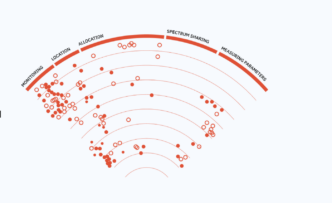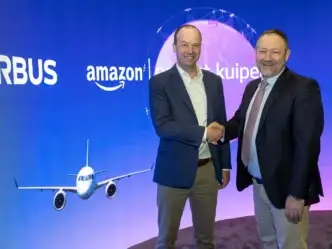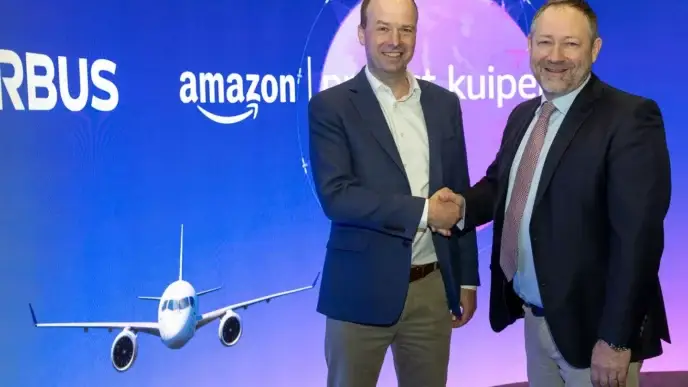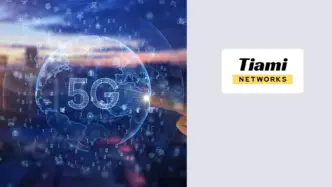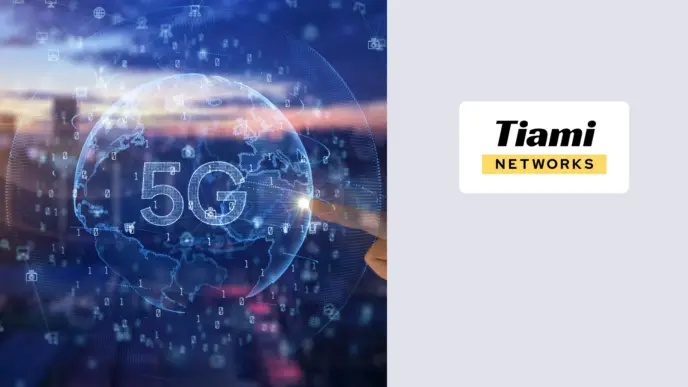Microsoft Research has unveiled significant advancements in metasurface technology, focusing on enhancing wireless sensing and communication systems. Detailed in a blog post by Lili Qiu and Hao Pan, the research explores how engineered two-dimensional materials—metasurfaces—can manipulate electromagnetic and mechanical waves to improve wireless technologies.
Metasurfaces are thin, engineered layers composed of sub-wavelength elements that can precisely control how waves reflect, refract, or scatter. Unlike traditional materials, metasurfaces can be designed to dynamically reshape wireless signals, enabling fine-grained control over coverage and signal direction. This makes them especially useful in complex or obstructed environments, where traditional signal propagation fails. As wireless networks move toward higher frequencies like mmWave and THz, where signals are more prone to blockage and attenuation, metasurfaces offer a scalable, programmable way to extend coverage, improve reliability, and reduce infrastructure cost.
One of Microsoft’s key applications is using metasurfaces to extend millimeter-wave (mmWave) coverage, critical for 5G and 6G systems. Traditional solutions, like adding access points or metal reflectors, often fall short in performance and cost-efficiency. In contrast, Microsoft’s AutoMS framework automates the deployment of metasurfaces, optimizing phase settings and placements to improve coverage and signal quality. Their 3D ray tracing simulator can trace 1.3 billion rays in three minutes, enabling rapid and precise optimization.
Beyond communication, the team demonstrated metasurface-enhanced indoor GNSS positioning, improving signal-to-noise ratio and location accuracy in GPS-denied environments like offices and conference halls. The GNSS metasurface prototype (GPMS) showed notable performance gains, potentially offering a passive, energy-efficient solution for indoor navigation.
These innovations place metasurfaces at the center of next-generation connectivity and sensing, reinforcing their importance in shaping the infrastructure of 6G and beyond.
For more detailed information, read the full blog post by Lili Qiu and Hao Pan on Microsoft’s Research Blog: Metasurface: Unlocking the Future of Wireless Sensing and Communication.

